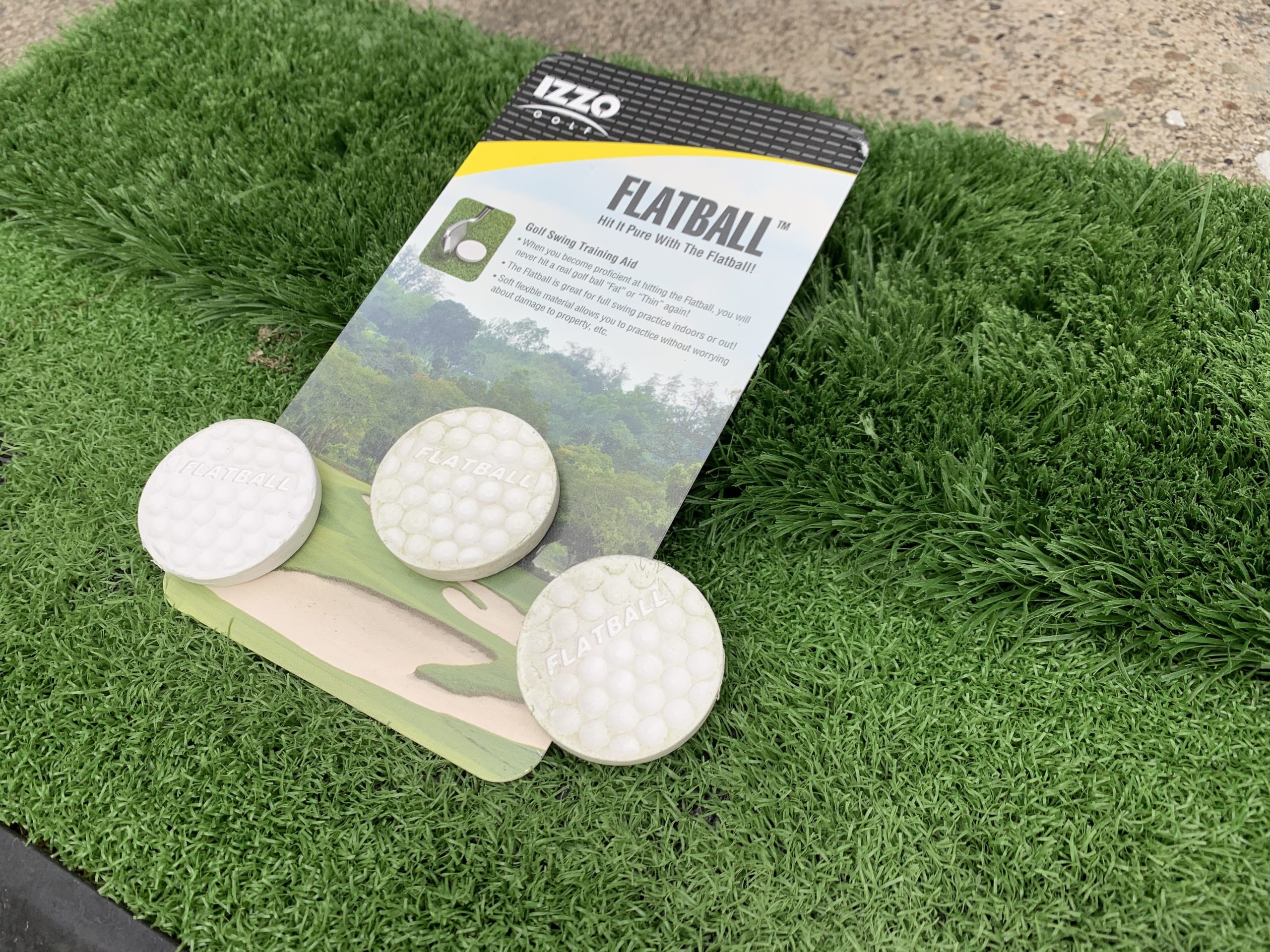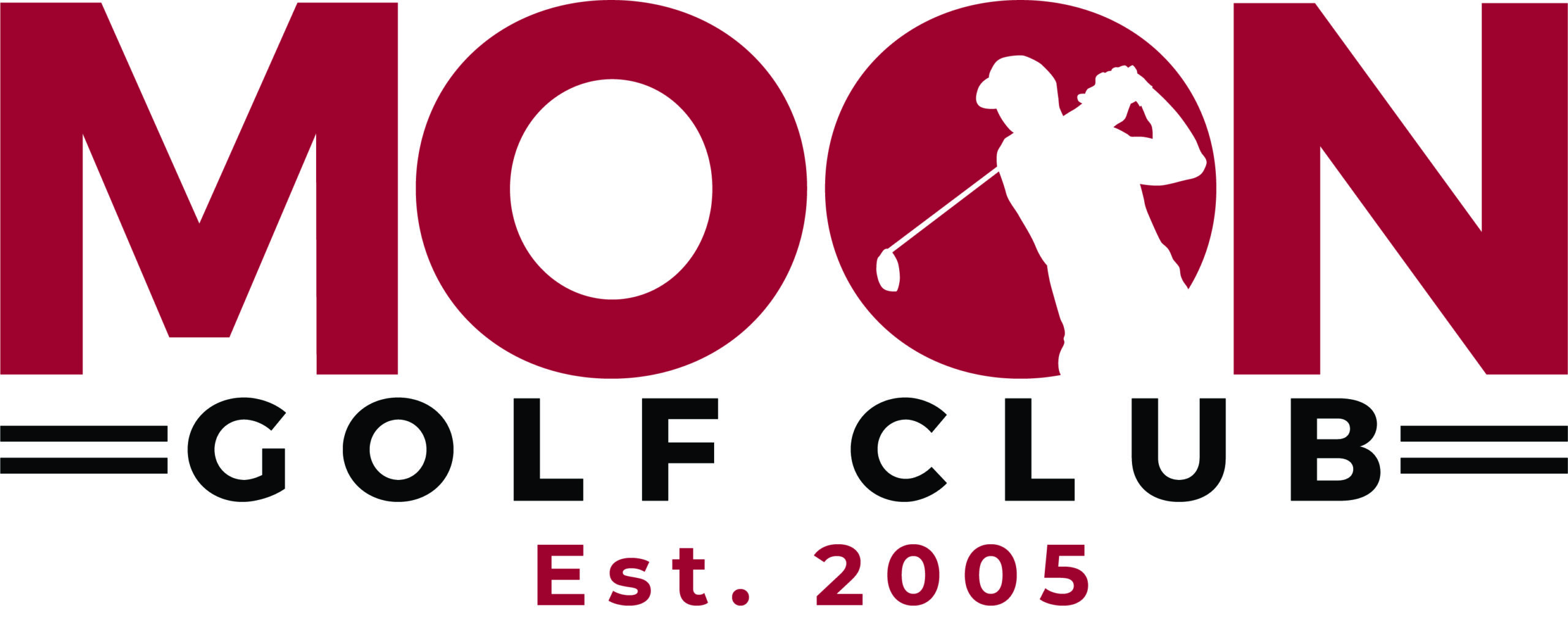Game Improvement
Game Improvement: Izzo’s ‘Flatball’ Training Aid Limited, But Helpful

While I’m obviously interested in improvement, I’m also naturally skeptical of a lot of training aids on the market. Most of them come off like a get-rich-quick scheme: Too good to be true at best, a scam at worst.
On the other hand, I do believe in time-tested tools that have helped golfers find their games, rudimentary items like an artificial turf mat, a circular chipping target and a net to catch practice shots. Dig the answers out of the dirt, and all that.
For our first Pittsburgh Golf Now equipment review — be it ever so humble — I think I found a way to split the difference between those two categories. I present to you the ‘Flatball,’ by Izzo Golf.
I’ve been intrigued by the ‘Flatball’ for at least a couple of years, sneaking a look at it whenever I’d drop by Dick’s or Golf Galaxy to buy a bag of tees or new foam practice balls to obliterate.
Well, I finally broke down and bought a six-pack of these things.
As you see in the featured image above, there’s not much to the ‘Flatball.’ It’s a 1/4-inch tall rubber disc with the rough circumference of a regulation golf ball. Think poker chip, but a little softer. A package sells for $8.
The theory behind the ‘Flatball’ is that it forces the players to sharpen their low-point control. In other words, it’s nearly impossible to smack it with any velocity unless the clubface is delivered on a near-perfect trajectory towards the ground.
Here’s a slo-mo look at couple of my first swings, starting with one that wasn’t so great:
(I might have topped that first one, but rarely has a miss looked so cool.)
I’ve taken my cuts at the ‘Flatball’ for about three weeks now. It definitely gets your attention from the start, especially if you’re rolling video on it. You have to be precise or you’ll look silly.
Make sure you have a net or open area to hit into, as well. These things can take flight in unpredictable ways, as my neighbors will testify when they find the ‘Flatball’ that whizzed into their yard a couple of weeks back.
I can confirm that, after several swings at the ‘Flatball,’ a regulation ball (or even a foam practice ball) looks massive by comparison. But, there’s no great way to tell whether your clubface was open or closed at impact, or how the ball would’ve traveled with a swing like that.
So, it has all the limitations of hitting into a net from close range, without the satisfying feeling of striking an actual ball off the sweet spot. If you’ve played golf for any period of time, you know feel is the best feedback. There’s precious little of that valuable sensation with the ‘Flatball,’ although there’s certainly visual confirmation that you put the low point of your swing in the right (or wrong) spot.
The primary problem for me is that this product is kind of boring. I’d like to tell you I’ve had the discipline to make a certain amount of ‘Flatball’ swings per day, but it’s been hit-or-miss for me.
It does seem that, on the days I use it, I have a little more confidence standing over an actual ball, but it would be difficult to say it’s made me a better ball-striker in a limited sample. Also, I have had more success mixing in ‘Flatball’ swings with live hacks than sitting there for 15 straight minutes chopping at a glorified silver dollar. After all, the goal is still to hit an actual ball well.
And as far as durability goes, the ones I haven’t lost are starting to get a little smushed, with flecks of fake grass sticking in the rubber, too. I’ve noticed the latter happens more on hot days, for what it’s worth.
In an era of simulators and launch monitors, a training aid like this one seems rather quaint. I’m not saying that you can replace a significant number of swings at real golf balls, but I’d still put ‘Flatball’ safely in the category of ‘effective novelty.’
Combine its utility with its insignificant cost and there’s no harm in mixing up your practice looks. Appease your reptilian brain.
PGN Equipment Grade: C+



